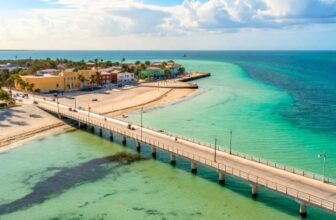
There’s something magical about discovering a place before the world catches on. The kind of spot where the wines are bold, the landscapes breathtaking, and every sip tells a story whispered through generations.
These aren’t the postcard-famous regions drowning in tourists—they’re the hidden gems where vineyards stretch untouched, winemakers pour straight from the barrel, and you feel like you’ve stumbled upon a well-kept secret.
The kind of places that stay with you long after the last glass is emptied. Ready to explore Europe’s most underrated wine regions? Trust me, you’ll want to add every single one to your list.
1. Jura, France

Tucked between Burgundy and Switzerland, Jura is one of France’s best-kept secrets in the wine world. This small but mighty region produces wines that are truly unlike any other. If you’ve ever wanted to taste a wine that seems like it’s been kissed by the past, Jura is the place to go. The region is best known for Vin Jaune (Yellow Wine), a nutty, oxidative white made from the local Savagnin grape, aged in barrels under a thin layer of yeast (similar to Sherry). It’s the kind of wine that makes you pause after the first sip, trying to decipher its complexity.
But Jura isn’t just about Vin Jaune. It also boasts light, ethereal reds made from Pinot Noir, Trousseau, and Poulsard—perfect for those who love elegant, delicate wines. Chardonnay lovers will be thrilled to know that Jura produces some of the most unique expressions of the grape, ranging from fresh and mineral-driven to rich and oxidative. The best part? It’s still incredibly affordable compared to nearby Burgundy!
And let’s talk about the setting—rolling green hills, charming villages, and the feeling that you’ve stepped into a fairytale. If you’re a fan of cheese and wine pairings, this is heaven on earth—Comté cheese and Jura whites are a match made in food-pairing heaven.
Other Key Info:
- Best Months to Visit: May–September for good weather, October for wine harvest
- Grape Varieties: Savagnin, Chardonnay, Pinot Noir, Trousseau, Poulsard
- Best Wine to Try: Vin Jaune, Crémant du Jura (sparkling), Trousseau
- Must-Visit Wineries: Domaine André et Mireille Tissot, Domaine Berthet-Bondet
- Pair It With: Comté cheese, wild mushroom dishes, roasted chicken
2. Ribeira Sacra, Spain
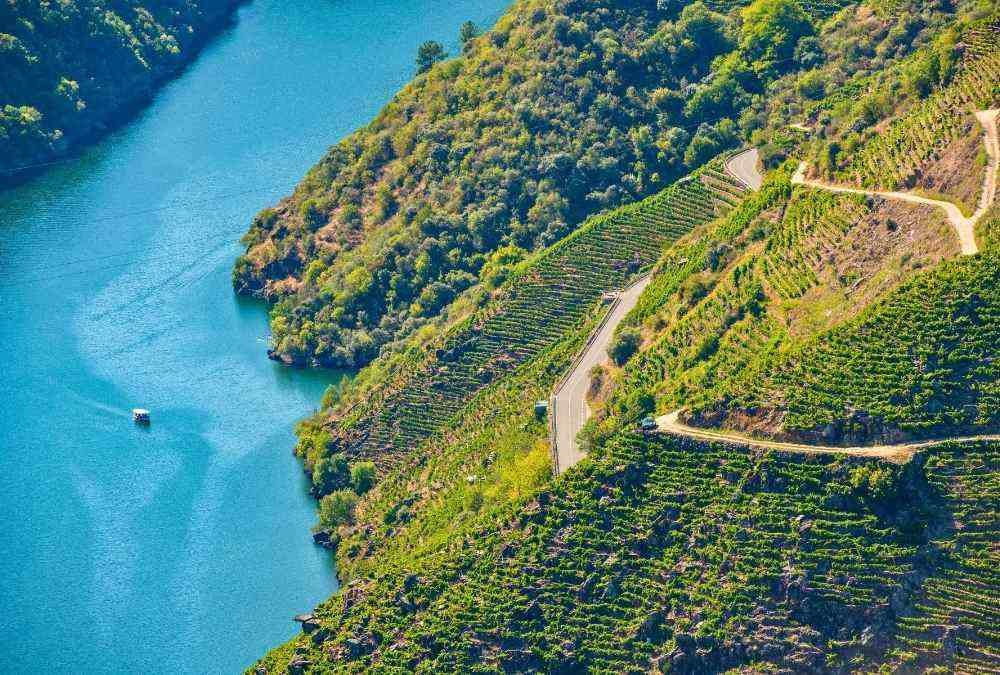
If you love stunning landscapes with dramatic, terraced vineyards, Ribeira Sacra will blow you away. Picture ancient stone walls hugging impossibly steep slopes that drop down to the meandering Sil River. It’s the kind of place where you feel like time has slowed down. This hidden gem in northwestern Spain (Galicia) is where Mencía, a red grape that’s often compared to Pinot Noir or Syrah, absolutely thrives.
The wines here are lively, fresh, and bursting with red fruit, earthy undertones, and floral aromas. But what makes Ribeira Sacra truly special is the way these wines are made. Many vineyards are so steep that they have to be worked by hand—no tractors, no shortcuts, just pure passion and sweat. This extreme winemaking, often called “heroic viticulture,” results in wines that feel deeply connected to the land.
Ribeira Sacra still flies under the radar, which means you can find world-class wines at insanely good prices. If you love the idea of sipping wine while soaking in breathtaking river valley views, this is your spot.
Other Key Info:
- Best Months to Visit: April–June, September–October for harvest season
- Grape Varieties: Mencía (red), Godello (white), Treixadura (white)
- Best Wine to Try: Mencía reds, Godello whites
- Must-Visit Wineries: Dominio do Bibei, Adega Algueira, Guímaro
- Pair It With: Grilled octopus (Pulpo a la Gallega), Galician-style empanadas
3. Alentejo, Portugal
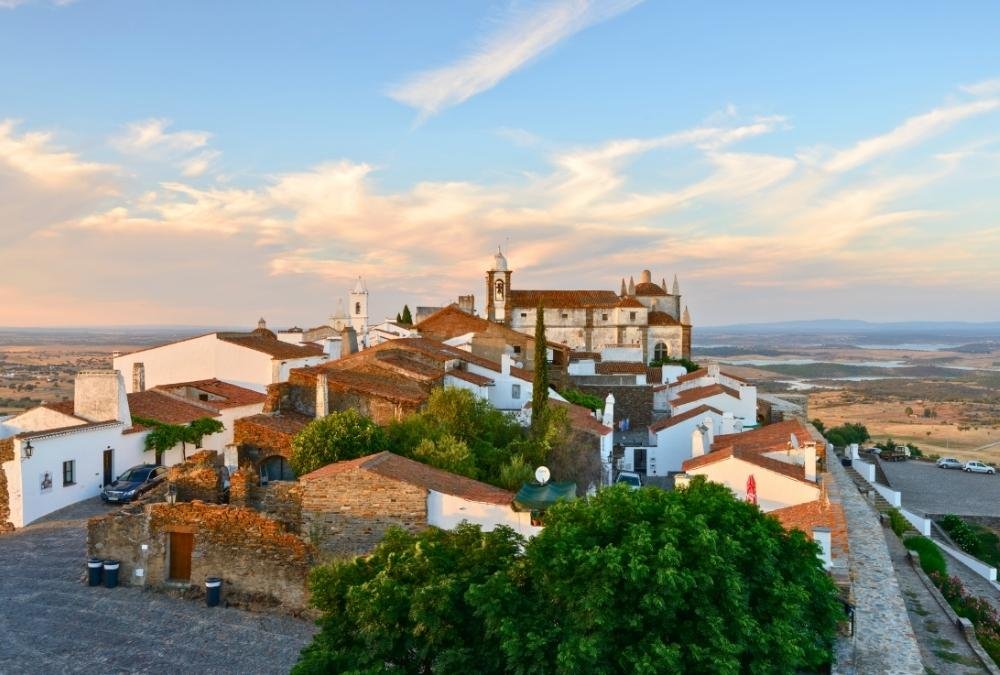
Ah, Alentejo—the land of sun, cork trees, and bold, beautiful wines. If you love warm-climate reds that feel like a hug in a glass, this region is a must-visit. Located in southern Portugal, Alentejo is often overshadowed by the Douro Valley, but it offers some of the most exciting wines in the country. The reds here are powerful, full-bodied, and rich in dark fruit flavors, often blended with indigenous Portuguese grapes like Alicante Bouschet, Trincadeira, and Aragonez.
Alentejo is also home to a fascinating winemaking tradition: Amphora wines. These wines are made in large clay vessels called talhas, a method that dates back to Roman times. If you’re a fan of natural or low-intervention wines, you’ll find a lot to love here.
But it’s not just about the wine—the slow pace of life, the golden rolling plains, the whitewashed villages, and the insanely good food make this a dream destination. Think grilled black pork, hearty stews, and creamy sheep’s milk cheese—all perfect with a glass of Alentejo red.
Other Key Info:
- Best Months to Visit: March–June (spring) and September–November (harvest)
- Grape Varieties: Alicante Bouschet, Trincadeira, Aragonez, Antão Vaz (white)
- Best Wine to Try: Amphora wines, Alicante Bouschet reds
- Must-Visit Wineries: Herdade do Esporão, Fitapreta Vinhos, Cartuxa
- Pair It With: Black Iberian pork (Porco Preto), seafood rice, aged cheeses
4. Wachau, Austria
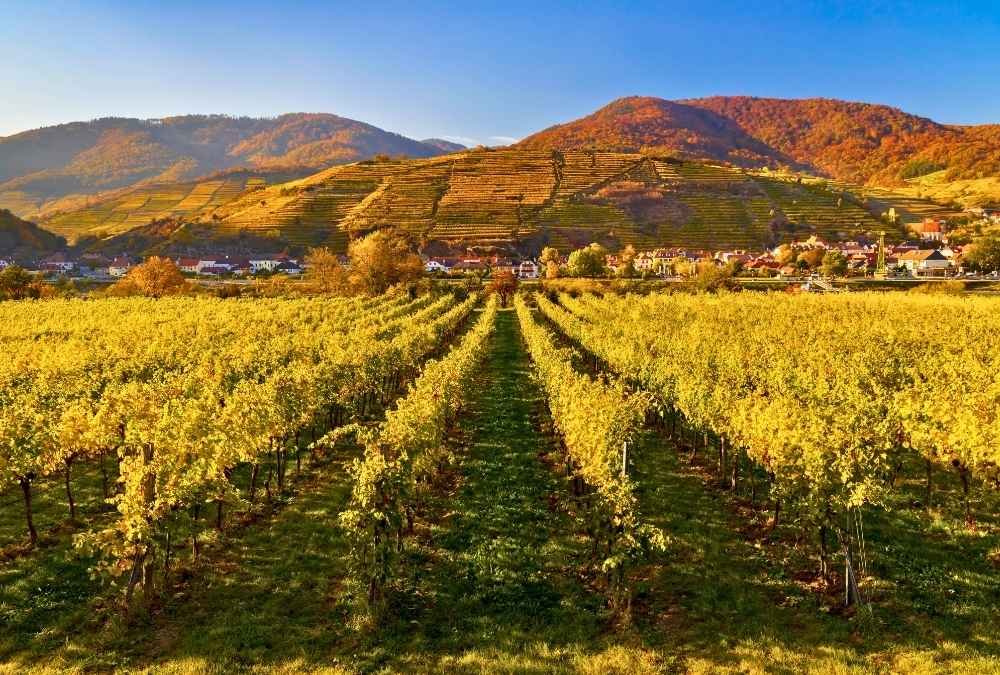
If crisp, aromatic white wines with laser-sharp precision are your thing, Wachau is a dream come true. This region, nestled along the Danube River in Austria, is home to some of the world’s finest dry Rieslings and Grüner Veltliners. The vineyards here are a sight to behold—terraces carved into steep hillsides, overlooking the river below.
Wachau wines are all about purity, minerality, and elegance. The Grüner Veltliners are peppery, citrusy, and fresh, while the Rieslings are racy, vibrant, and deeply expressive. And thanks to the cool climate, these wines age beautifully, developing complexity over time.
Aside from the wine, Wachau is simply gorgeous—medieval villages, castles, and scenic bike trails make it one of the most picturesque wine regions in Europe. Plus, it’s just an hour’s drive from Vienna, so it’s super easy to visit.
Other Key Info:
- Best Months to Visit: April–October for wine tastings and scenery
- Grape Varieties: Grüner Veltliner, Riesling
- Best Wine to Try: Smaragd Riesling, Grüner Veltliner
- Must-Visit Wineries: Weingut Knoll, F.X. Pichler, Domäne Wachau
- Pair It With: Wiener Schnitzel, fresh river fish, apricot-based desserts
5. Moravia, Czech Republic

You probably don’t think of the Czech Republic when it comes to wine, but Moravia is an absolute hidden gem. Known primarily for its stunning white wines, this region produces crisp, aromatic styles that can rival those of Germany and Austria. Riesling, Grüner Veltliner, and Müller-Thurgau shine here, but the region is also experimenting with natural and orange wines.
The best part? Moravian wine culture is all about fun. The region is famous for its wine cellars built into rolling hills, where locals gather to drink, sing, and celebrate. The city of Mikulov is the perfect base for exploring—it’s full of history, charm, and incredible wine bars.
Other Key Info:
- Best Months to Visit: May–September for wine festivals and tastings
- Grape Varieties: Riesling, Grüner Veltliner, Müller-Thurgau, Pinot Noir
- Best Wine to Try: Orange wines, aged Riesling
- Must-Visit Wineries: Sonberk, Stapleton & Springer, Volařík
- Pair It With: Smoked meats, soft cheeses, traditional Czech dumplings
6. Istria, Croatia

If you’re looking for a wine region that blends Mediterranean charm with centuries-old winemaking traditions, Istria is the answer. Sometimes called the “Tuscany of Croatia,” this peninsula juts into the Adriatic Sea and is home to rolling vineyards, olive groves, and medieval hilltop towns. It’s breathtakingly beautiful, and the wines? Underrated.
The star grape of Istria is Malvazija Istarska, a white wine that’s aromatic, fresh, and mineral-driven—perfect for seafood and warm summer days. The reds, especially Teran, are bold, earthy, and packed with dark fruit flavors. In recent years, Istria has also gained recognition for its orange wines, made using ancient skin-contact techniques that add depth and complexity.
Beyond wine, Istria is a foodie paradise. Truffle hunting, fresh oysters, and world-class olive oil tastings make this a dream destination for wine and food lovers alike. Plus, it’s just a short drive from Italy and Slovenia, making it an easy addition to any European adventure.
Other Key Info:
- Best Months to Visit: May–September for perfect weather and wine festivals
- Grape Varieties: Malvazija Istarska (white), Teran (red), Refosco
- Best Wine to Try: Malvazija whites, aged Teran reds, orange wines
- Must-Visit Wineries: Kabola, Kozlović, Roxanich
- Pair It With: Truffle pasta, fresh Adriatic seafood, local sheep’s cheese
7. Tenerife, Canary Islands, Spain
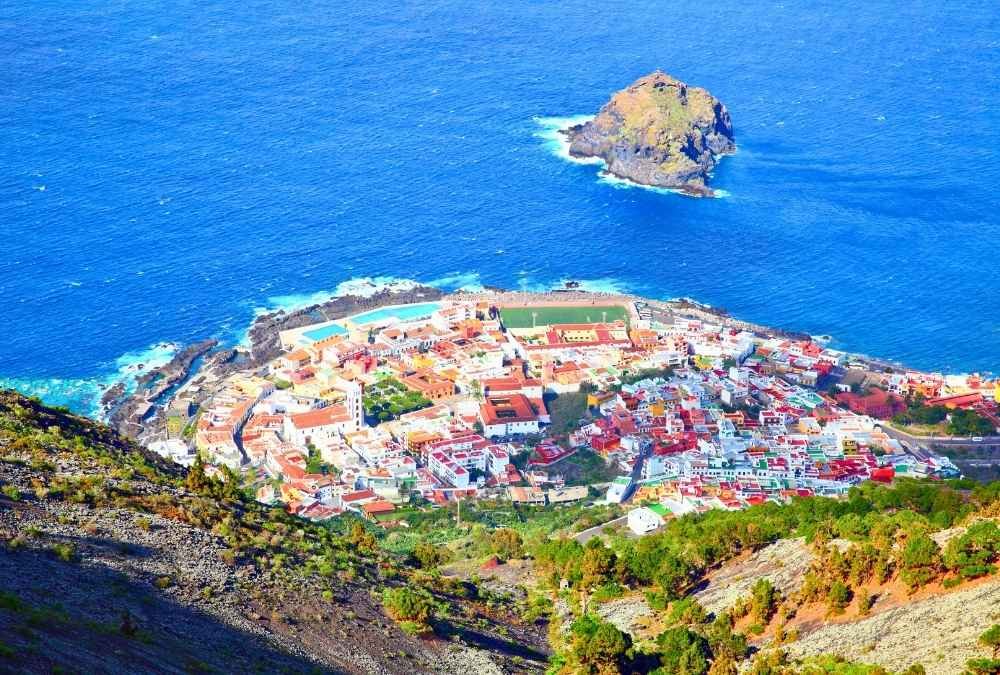
Tenerife isn’t just about beaches and volcanoes—it’s also home to some of the most unique wines in the world. This Spanish island in the Atlantic Ocean boasts volcanic soils, high-altitude vineyards, and centuries-old vines, some of which are completely untouched by phylloxera (a rare phenomenon in Europe).
The wines here are unlike anything else—minerally, smoky, and vibrant. The whites, made from the Listán Blanco grape, are crisp and saline, almost like a mix between Chablis and a salty sea breeze. The reds, particularly Listán Negro, are fresh, spicy, and brimming with wild berry flavors. If you’re a fan of natural wines, Tenerife is a playground of experimentation, with winemakers using minimal intervention to let the volcanic terroir shine.
And let’s talk about the views—vineyards perched on dramatic slopes overlooking the ocean, some as high as 1,500 meters above sea level. It’s a surreal landscape, and the wines taste just as wild as the place they come from.
Other Key Info:
- Best Months to Visit: November–April for a winter escape, September for harvest
- Grape Varieties: Listán Blanco (white), Listán Negro (red), Malvasía
- Best Wine to Try: Volcanic whites, Listán Negro reds
- Must-Visit Wineries: Suertes del Marqués, Envínate, Bodegas Monje
- Pair It With: Fresh seafood, Canary Island wrinkled potatoes (Papas Arrugadas), goat cheese
8. Pfalz, Germany

Germany is famous for Riesling, and while most people flock to the Mosel, the Pfalz region is where things start to get bigger, bolder, and more diverse. Located in southwestern Germany, Pfalz enjoys a warmer climate, which means riper fruit flavors and fuller-bodied wines compared to its cooler northern counterparts.
Pfalz Rieslings are dry, juicy, and powerful, often with stone fruit and citrus notes. But the real surprise? Germany’s best Pinot Noir (Spätburgunder) comes from here. These reds are earthy, silky, and elegant, giving Burgundy a serious run for its money—at a fraction of the price.
The wine scene here is also laid-back and welcoming—you won’t find the same formality as in more famous regions. And with fairy-tale castles, medieval villages, and a stretch of vineyards called the “German Wine Route,” it’s a picture-perfect getaway.
Other Key Info:
- Best Months to Visit: April–October for wine festivals and scenic beauty
- Grape Varieties: Riesling, Spätburgunder (Pinot Noir), Gewürztraminer
- Best Wine to Try: Dry Riesling, Pinot Noir, Gewürztraminer
- Must-Visit Wineries: Dr. Bürklin-Wolf, Bassermann-Jordan, Friedrich Becker
- Pair It With: Sausages, schnitzel, pretzels, spicy Asian food
9. Vipava Valley, Slovenia
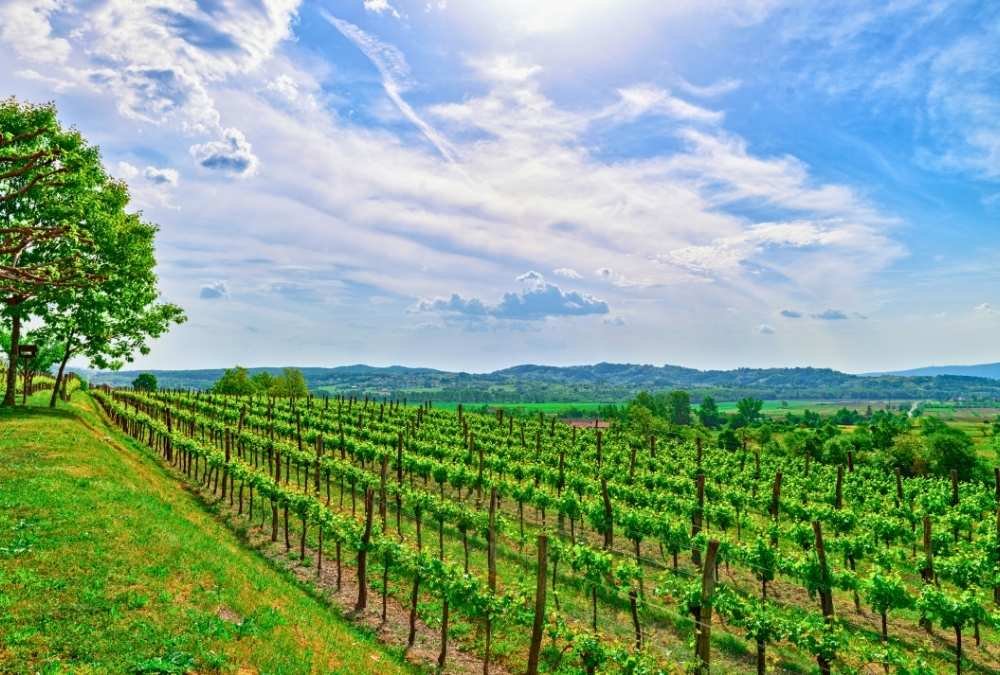
Slovenia might not be the first place you think of when it comes to wine, but that’s exactly why Vipava Valley is such a hidden treasure. This stunning region, nestled between Italy and the Julian Alps, produces some of the most underrated wines in Europe.
Vipava is known for its incredibly fresh, mineral-driven whites like Pinela and Zelen, two rare local grapes you won’t find anywhere else. The reds, often made from Refosco and Merlot, are elegant yet powerful. And if you’re into orange wines, Slovenia (and particularly Vipava) is one of the best places in the world to explore them.
But the real magic of Vipava Valley? It feels like a secret that only a few lucky travelers know about. The wineries are small, family-run, and incredibly welcoming. You’ll likely end up chatting with the winemaker over a glass, learning about traditions passed down through generations.
Other Key Info:
- Best Months to Visit: April–October for wine tastings and outdoor adventures
- Grape Varieties: Pinela, Zelen, Rebula, Refosco
- Best Wine to Try: Orange wines, crisp Pinela whites, Refosco reds
- Must-Visit Wineries: Burja Estate, Guerila, Sutor
- Pair It With: Prosciutto, foraged mushrooms, local sheep’s cheese
10. Valle d’Aosta, Italy
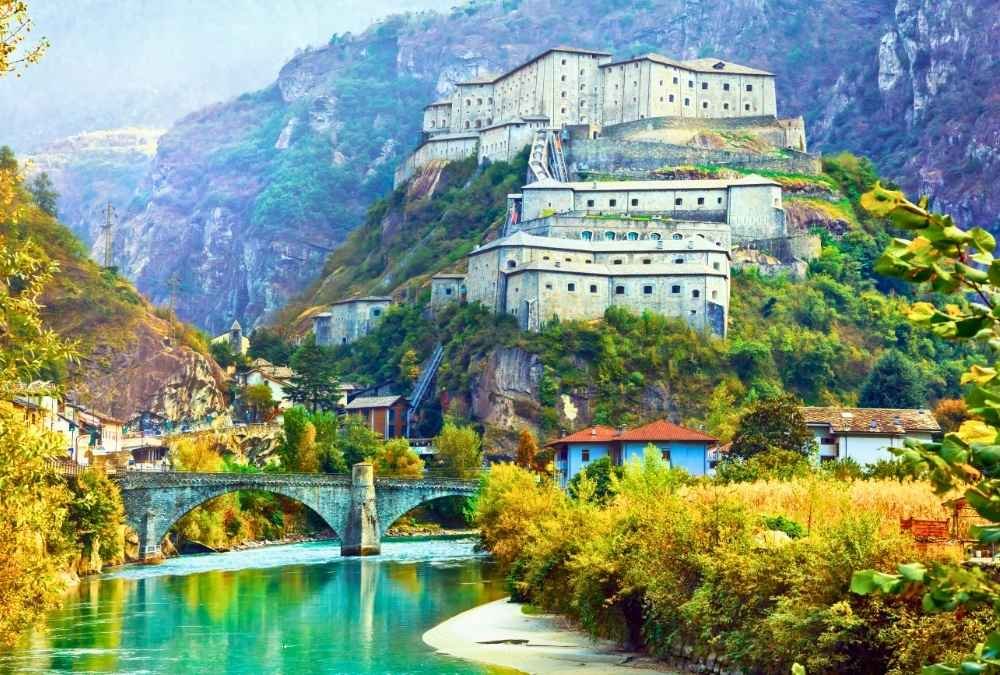
If you love high-altitude wines with a side of jaw-dropping mountain views, Valle d’Aosta should be at the top of your list. Italy’s smallest wine region, tucked away near the borders of France and Switzerland, is a haven for unique indigenous grapes and crystal-clear, alpine-influenced wines.
The reds, particularly from Petit Rouge and Fumin, are light, fragrant, and full of bright cherry and herbal notes—think Pinot Noir meets Nebbiolo. The whites, often made from Prié Blanc, are crisp, floral, and perfect for sipping after a day of hiking in the Alps.
And let’s talk about the scenery—snow-capped peaks, stone castles, and terraced vineyards that look like something out of a fairytale. Plus, because it’s still off the beaten path, you can enjoy amazing wines without the crowds or the high prices of more famous Italian regions.
Other Key Info:
- Best Months to Visit: June–September for hiking and wine tastings
- Grape Varieties: Petit Rouge, Fumin, Prié Blanc, Nebbiolo
- Best Wine to Try: Fumin reds, Prié Blanc whites
- Must-Visit Wineries: Les Crêtes, Grosjean, Cave Mont Blanc
- Pair It With: Fontina cheese, polenta, mountain game meats
11. Skopje, North Macedonia
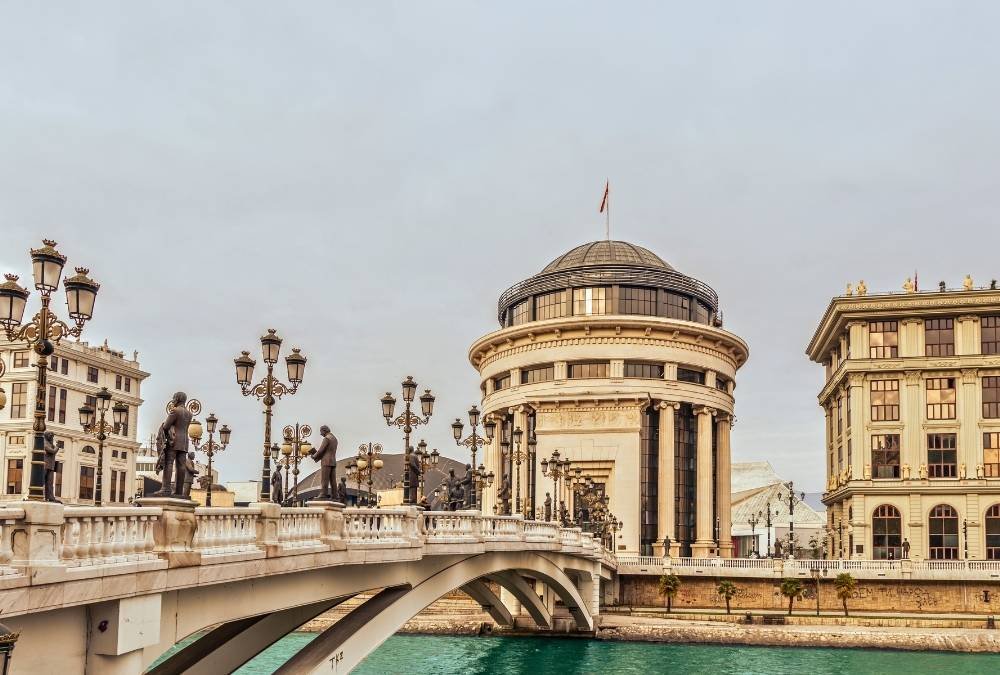
If you’re in search of deep, velvety reds with a rich history behind them, then North Macedonia’s wine scene—centered around Skopje and the Vardar River Valley—is going to surprise you. This small Balkan country has been making wine since before the Roman Empire, yet its wines remain largely undiscovered by the international market.
The star here is Vranec, a grape often called the “Black Stallion” of Balkan wines. It produces bold, inky reds with dark berry, chocolate, and spice flavors, making it a dream pairing for grilled meats and hearty dishes. But the region also grows Smederevka, a crisp and refreshing white wine that’s perfect for summer sipping.
Skopje itself is a fascinating city—a mix of old-world charm and quirky, modern architecture. A visit here isn’t just about the wine; it’s about immersing yourself in the rich culture, history, and warm hospitality of the region.
Other Key Info:
- Best Months to Visit: April–June and September–October for wine festivals
- Grape Varieties: Vranec, Smederevka, Temjanika, Cabernet Sauvignon
- Best Wine to Try: Vranec (rich and powerful red), Temjanika (aromatic white)
- Must-Visit Wineries: Tikveš Winery, Chateau Kamnik, Popov Winery
- Pair It With: Grilled lamb, stuffed peppers, local sheep’s cheese
12. Samos, Greece
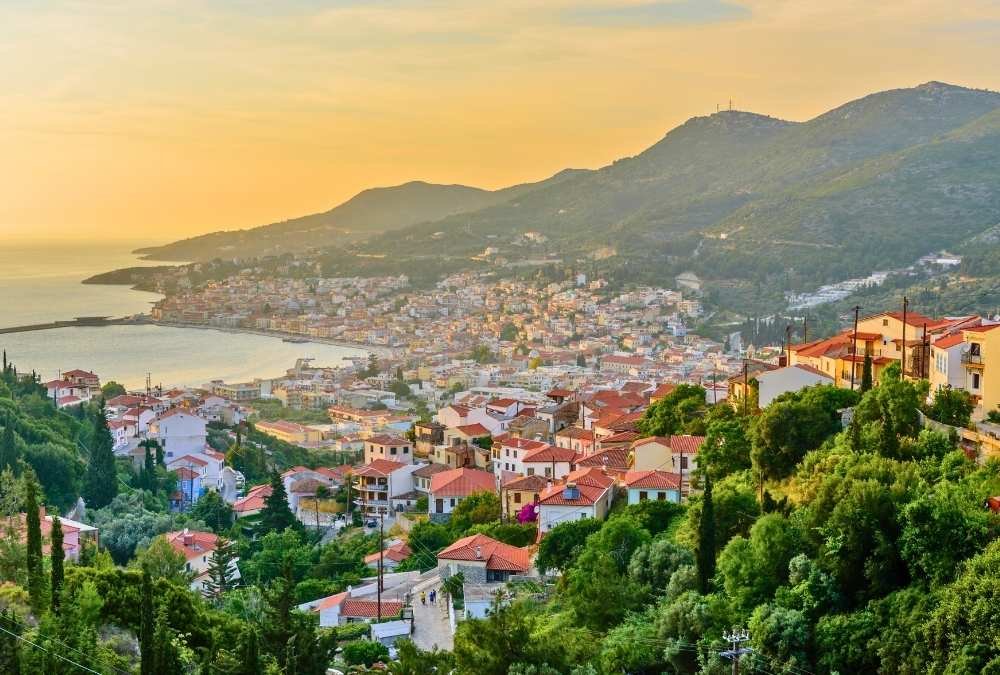
Let’s talk about Samos—a tiny Greek island producing wines fit for the gods. Known mainly for its sweet Muscat wines, Samos is one of the best places to experience Mediterranean winemaking traditions at their finest. The vineyards here are planted on steep terraces that cascade down toward the Aegean Sea, giving the grapes intense sun exposure while maintaining their acidity.
Samos Muscat wines are aromatic, honeyed, and bursting with notes of apricot, orange blossom, and spice. But don’t overlook the island’s dry Muscat wines, which are bright, floral, and shockingly fresh. The best part? A glass of Samos wine, sipped while watching the sunset over the deep blue sea, is an experience that stays with you forever.
Beyond wine, the island itself is a dreamy escape. Think secluded beaches, charming fishing villages, and some of the freshest seafood you’ll ever taste. If you want a wine trip that feels like a vacation in paradise, Samos delivers.
Other Key Info:
- Best Months to Visit: May–September for perfect weather and wine tastings
- Grape Varieties: Muscat Blanc à Petits Grains
- Best Wine to Try: Sweet Muscat wines, dry Muscat
- Must-Visit Wineries: UWC Samos, Vakakis Winery, Nopera Wines
- Pair It With: Greek honey pastries, grilled octopus, feta cheese
13. Transylvania, Romania

Yes, Transylvania—home to Dracula, misty castles, and… some seriously fantastic wines. While most people associate Romania with its folklore, its wine scene is one of the most exciting in Eastern Europe. The region’s cool climate and high-altitude vineyards result in wines that are fresh, crisp, and beautifully balanced.
The whites are the true stars here—Fetească Albă and Fetească Regală produce elegant, floral wines with a minerally edge. But the reds, especially Fetească Neagră, can hold their own too, offering deep, spicy, and structured wines that feel like a hidden treasure.
What makes Transylvania even more magical? The setting. Imagine tasting wine inside a medieval fortress, surrounded by rolling hills and thick forests, with the Carpathian Mountains as your backdrop. It’s mystical, unexpected, and unforgettable.
Other Key Info:
- Best Months to Visit: June–October for wine harvests and autumn landscapes
- Grape Varieties: Fetească Albă, Fetească Regală, Fetească Neagră
- Best Wine to Try: Fetească Albă (crisp and aromatic white), Fetească Neagră (spicy red)
- Must-Visit Wineries: Liliac Winery, Crama Bauer, SERVE
- Pair It With: Cabbage rolls, roasted meats, local cheeses




